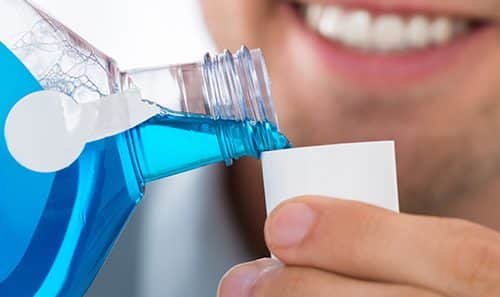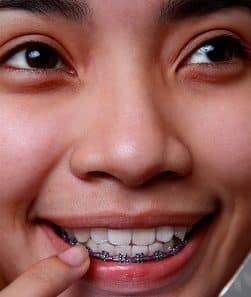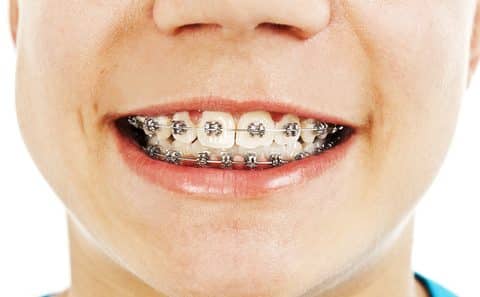
Considerations When Picking the Right Mouthwash
A solid oral health routine begins with daily brushing, flossing, and rinsing. Without a consistent oral…

What is dentofacial orthopedics?
You may have noticed that we specialize in orthodontics and dentofacial orthopedics. And while most people…

The Evolution of Braces
Did you know that even in ancient times, people wanted to improve the look and function…

How do I know if I need braces?
Perhaps you feel your teeth are not perfectly straight, or you think your bite could be…

Awesome Archwires
When we think braces, we can’t help but think of the brackets on each tooth and…

Braces-Friendly Foods
Having braces can be frustrating when you have to be cautious about eating certain foods or…

St. Patrick’s Day
On March 17, everyone has a little Irish in them. St. Patrick’s Day is a joyous…

Are you ready for orthodontic treatment?
If you’ve been hiding your smile because you have crooked teeth or gaps between your teeth,…

When is the best age to begin orthodontic treatment?
Most parents know that routine dental care should begin during their child’s toddler years. And many…



